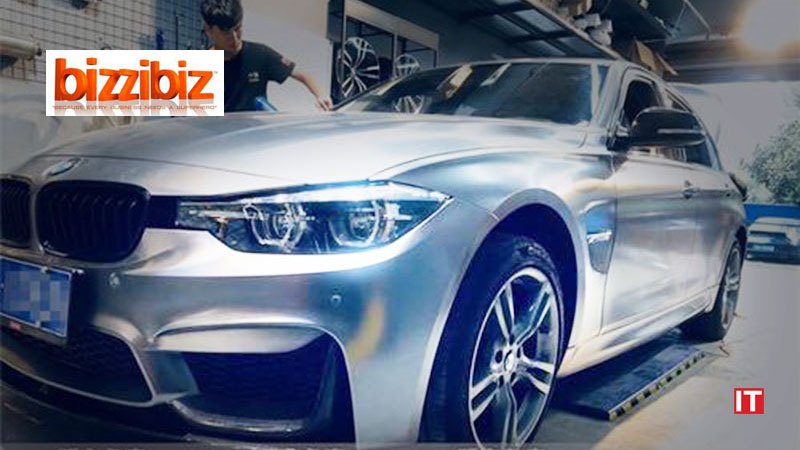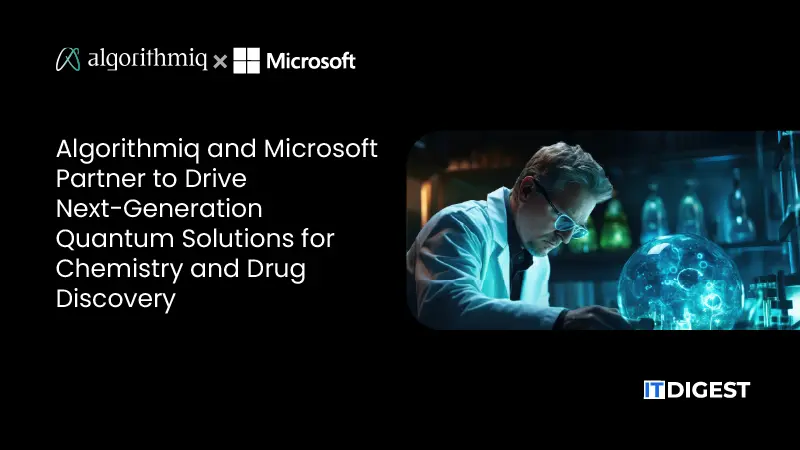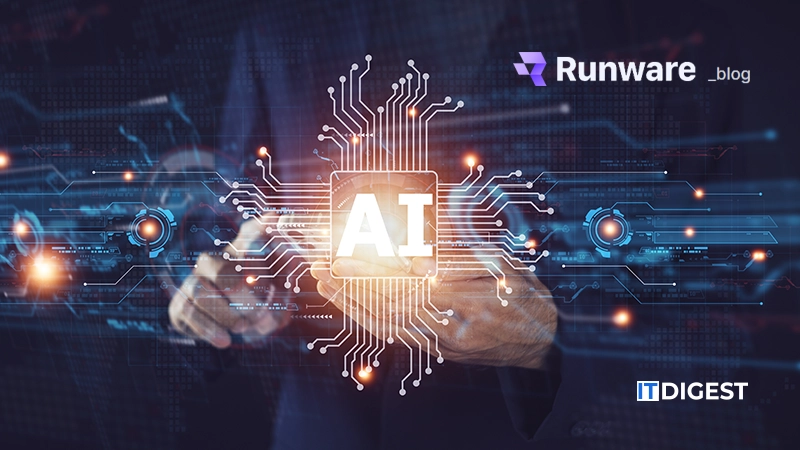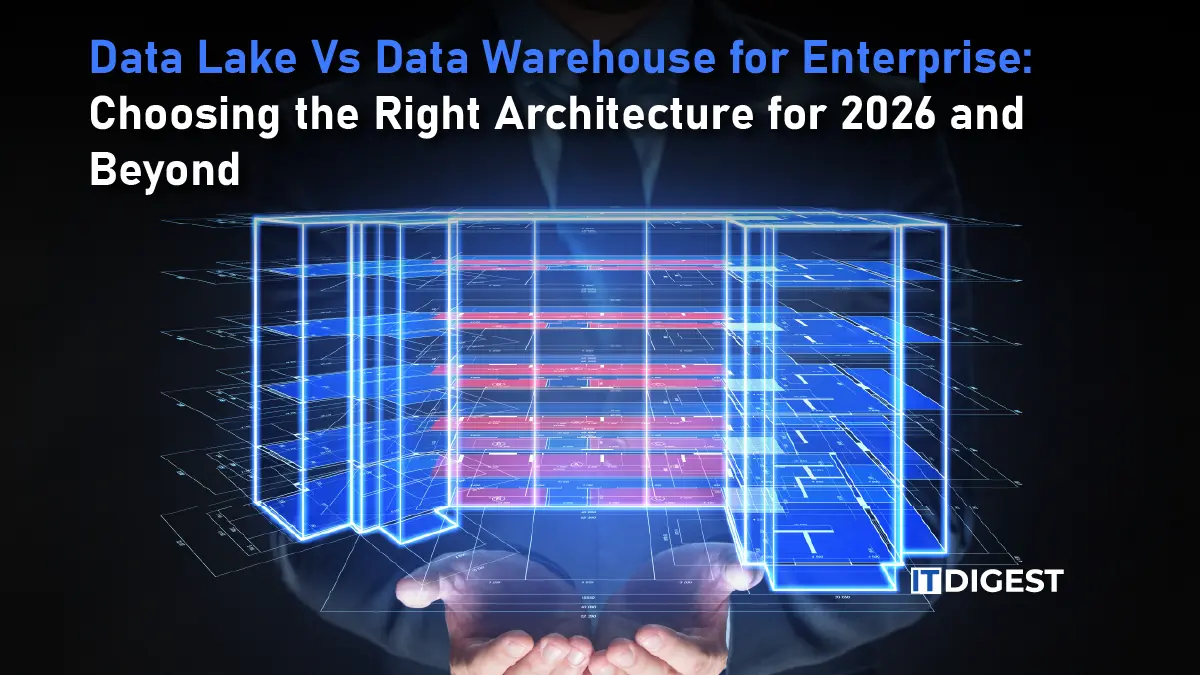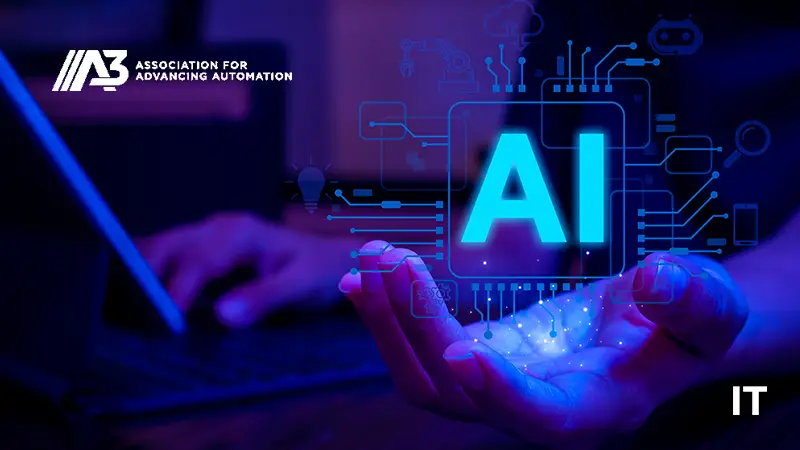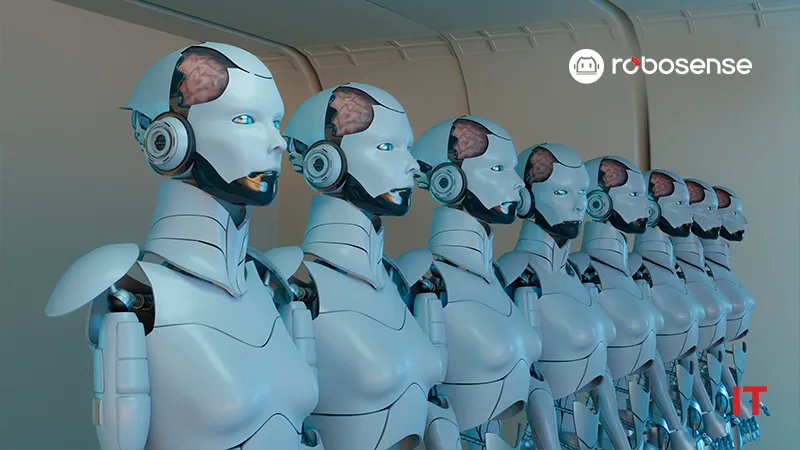RoboSense, a pioneering AI-powered robotics company, held the world’s first online 2025 AI robotics global launch event, Hello Robot. The event marked a turning point in the company’s evolution, showcasing its strategic vision for a global robotics technology platform and showcasing groundbreaking achievements. Among the highlights were a series of cutting-edge products that will debut at CES 2025 , taking place from January 7 to 10 in Las Vegas.
Reimagining RoboSense’s identity and capabilities
Building on a decade of technological innovation, RoboSense showcased unparalleled expertise in LiDAR development and intelligent robotics. The launch event featured the RoboSense humanoid robot prototype , a comprehensive development platform that illustrates the company’s deep understanding of intelligent robotics. This comprehensive platform lays the foundation for future advances in vision, haptics, mobility, and manipulation solutions.
An All-Digital Era for LiDAR
The RoboSense presentation centered on three high-performance digital LiDAR products designed for both the automotive and robotics industries. These innovations mark the transition to a fully digital era of LiDAR, achieving unprecedented breakthroughs in size, resolution, and accuracy:
1. EM4 – A Revolution in the Automotive Market
EM4 is the world’s first ultra-long-range “Thousand Beams” automotive digital LiDAR. With 1080 beams and a detection range of up to 600 meters , EM4 provides vehicles with 1080P high-definition 3D perception , pushing the boundaries of advanced intelligent driving and fully autonomous capabilities.
2. E1R – A Breakthrough in Robotics LiDAR
E1R is the world’s first all-solid-state digital LiDAR for robotics. Designed with automotive-grade reliability , it is equipped with RoboSense’s proprietary SPAD-SoC and 2D VCSEL chips . With a compact aperture and an ultra-wide 120° × 90° field of view, E1R excels in obstacle avoidance, mapping and navigation, supporting industrial, commercial and embedded intelligent robots in various operating environments.
3. Airy – Hemispherical Vision for Robotics
Airy is the world’s first 192-line hemispherical digital LiDAR , providing an ultra-wide 360° × 90° field of view in a compact design comparable to a ping-pong ball. It has a detection range of 120 meters , 1.72 million points per second , and an accuracy of ±1 cm , making it ideal for robots that require omnidirectional perception in complex scenarios.
Also Read: Mechanized AI Names Amy Green as New COO in Expansion
Pioneering a new era of robotic solutions
As part of its mission to become a “global leader in robotics technology platforms,” RoboSense has unveiled its humanoid robot prototype to accelerate the development of robotics components and solutions. The platform combines three main areas:
1. Visual Solutions:
RoboSense introduced Active Camera , an intelligent ecosystem consisting of hardware sensors, computing cores, and AI algorithms . By combining LiDAR signals and camera data, Active Camera enables active perception of the environment, overcoming challenges such as lighting variability and visual illusions. Developers can use its SDK to seamlessly integrate mapping, localization, and obstacle avoidance, reducing development time and system complexity.
2. Manipulation Solutions: RoboSense demonstrated its second generation Papert 2.0
flexible arm with 20 degrees of freedom , including hand-eye coordination to create a closed-loop system. This innovation significantly increases versatility and complexity across a wide range of tasks.
3. Mobility Solutions:
Based on its extensive automotive experience, RoboSense introduced the Robo FSD intelligent solution for integration into mobile robotics, enabling robots to achieve point-to-point autonomous mobility in various scenarios.
Incremental Components for Next-Generation Robots
In addition to its digital LiDAR line, RoboSense has introduced several new components tailored to the various needs of robotics:
- FS-3D: Force sensor optimized for legged robots.
- LA-8000: High power linear motor designed for robotic hip and knee joints.
- DC-G1: A controller that supports real-time perception, multi-modal large models, realized intelligent operations and advanced motion control algorithms.
Source: PRNewswire





